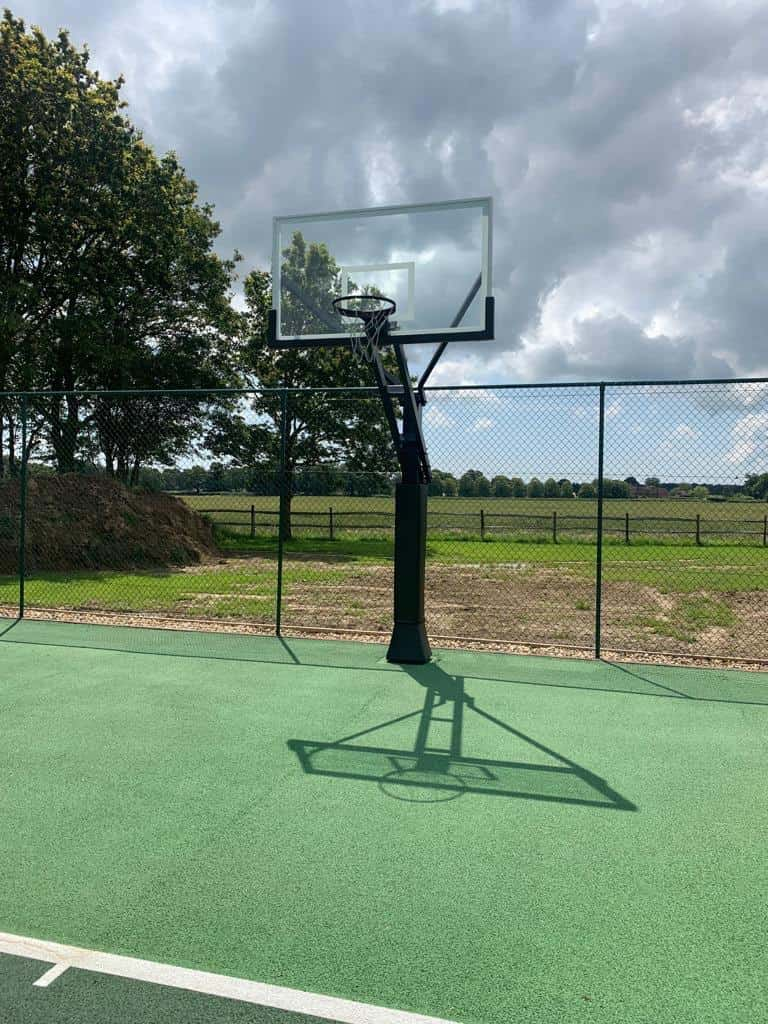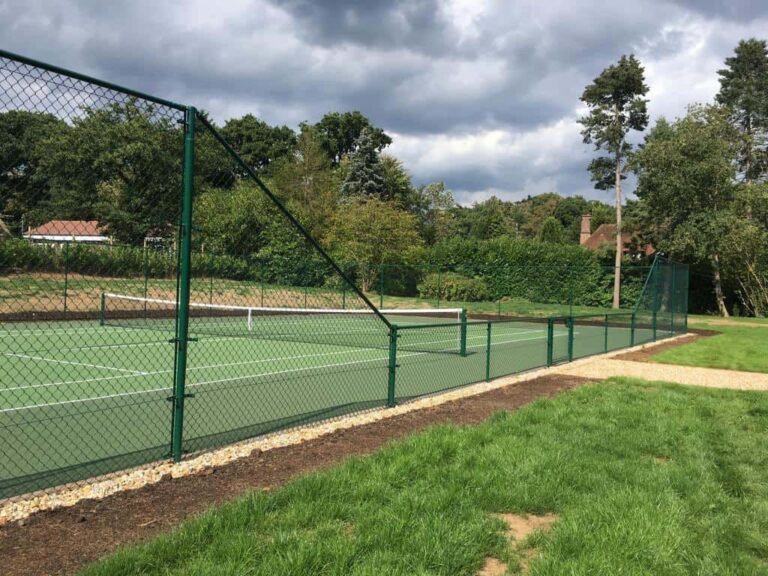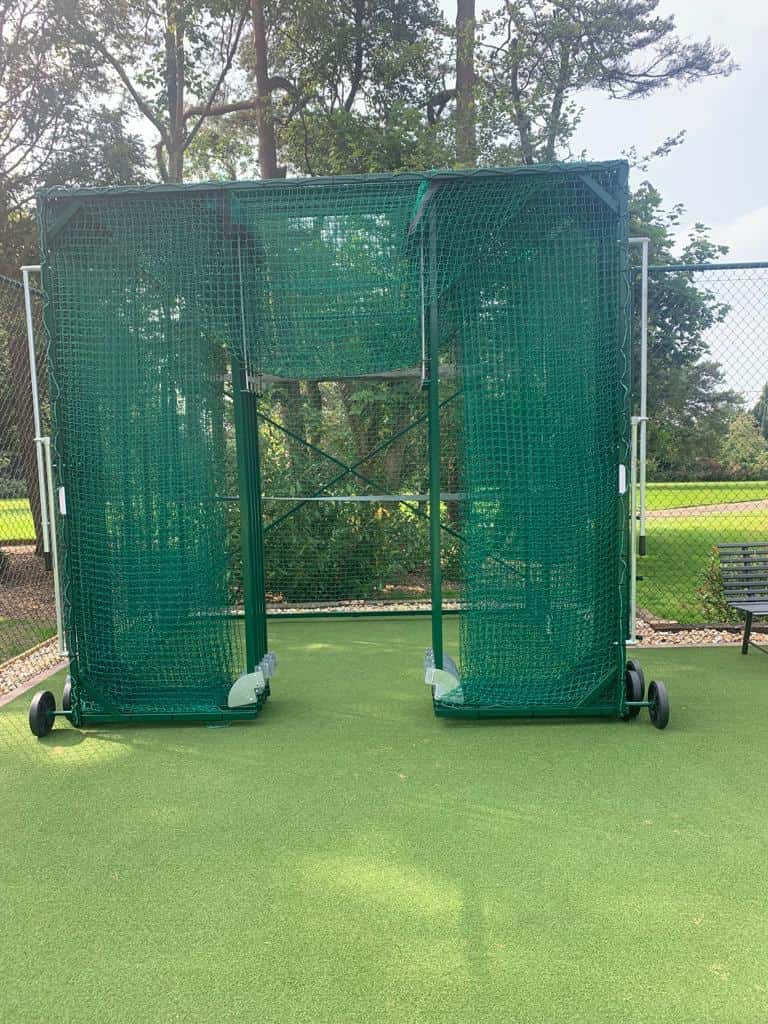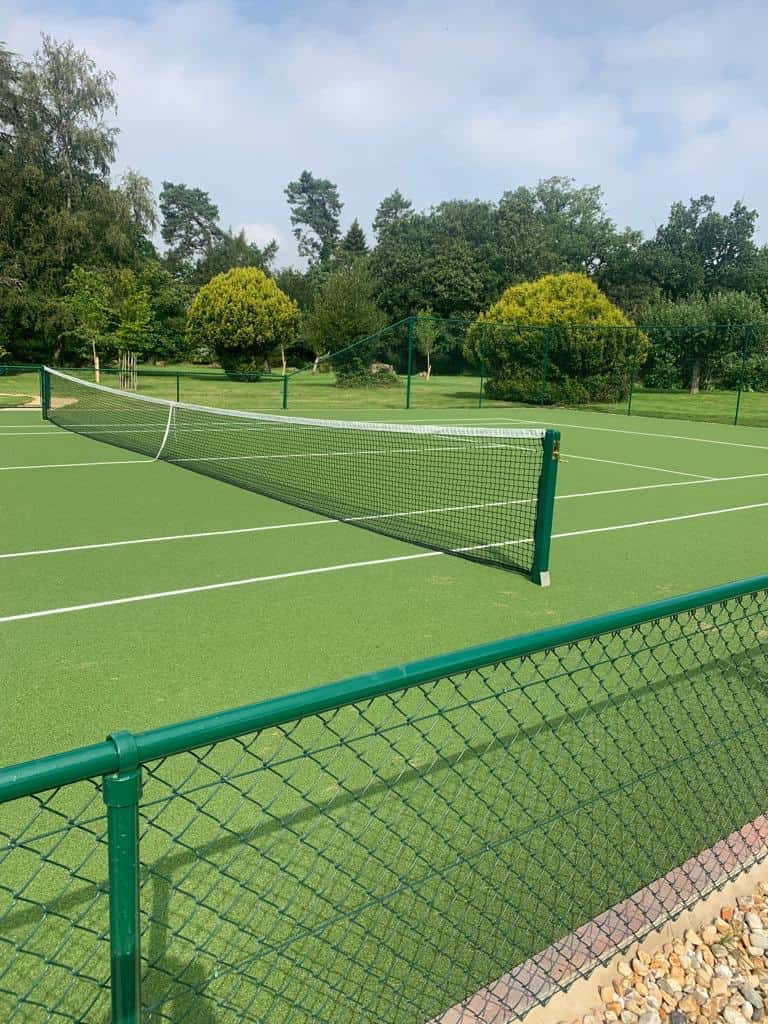Timing the Investment: Immediate Benefits vs. Deferred Costs
For tennis court owners in Essex, UK, choosing when to resurface your court is more than just a question of budget—it’s a matter of long-term value and user experience. At Tennis Court Construction Essex, we often encounter clients torn between acting now or holding off until absolutely necessary. But waiting might cost you more than you think, in both financial and practical terms.
Understanding the advantages of resurfacing now versus the risks of delaying can help you make an informed and strategic decision.
Why Resurfacing Now Makes Sense
Enhanced Player Safety and Performance
Old surfaces lose grip, crack, and can become uneven—all of which affect performance and safety.
- Reduces slips and trips, lowering liability risks
- Restores even bounce and true ball response
- Improves user confidence and satisfaction
Protection Against Deeper Damage
Surface deterioration is just the start. Left unchecked, it leads to expensive structural issues.
- Prevents water ingress and sub-base degradation
- Avoids patchwork fixes that don’t last
- Preserves your court’s integrity for years longer
Aesthetic and Functional Refresh
A resurfaced court looks fresh, professional, and inviting.
- Reapplies line markings with precision
- Refreshes colours and textures
- Enhances kerb appeal for clubs or private estates
The Real Cost of Waiting
Escalating Repair Costs
Postponing resurfacing can lead to compounded costs.
- Structural repairs to the base layer
- Full reconstruction instead of simple resurfacing
- More downtime disrupting usage or events
Reduced Usability
As wear increases, playing conditions worsen.
- Player complaints or avoidance
- Events or lessons may be cancelled
- Devaluation of facility reputation
Impact on Weather-Related Durability
Older courts are more vulnerable to weather damage, particularly in the UK climate.
- Freeze–thaw cycles can widen cracks
- Rainwater pooling accelerates surface breakdown
- Algae growth makes surfaces slippery and unsafe
How Often Should You Resurface?
Surface Lifespan Guidance
- Acrylic courts – every 4–8 years
- Polyurethane or cushioned surfaces – every 6–10 years
- Tarmac surfaces – roughly every 5–7 years
Signs such as surface fading, consistent pooling, or cracking should prompt action sooner.
Conclusion
When it comes to tennis court maintenance, acting early is rarely a mistake. Resurfacing your court now ensures a safer, more enjoyable, and visually appealing playing environment—while saving you from the heavier expense of future structural damage. At Tennis Court Construction Essex, we help court owners across Essex, UK take the smart route with proactive care. Investing in your court today means fewer regrets tomorrow.
Call us on: 01245 945 895
Click here to find out more about Tennis Court Construction Essex
Click here to complete our contact form and see how we can help with your tennis court.




